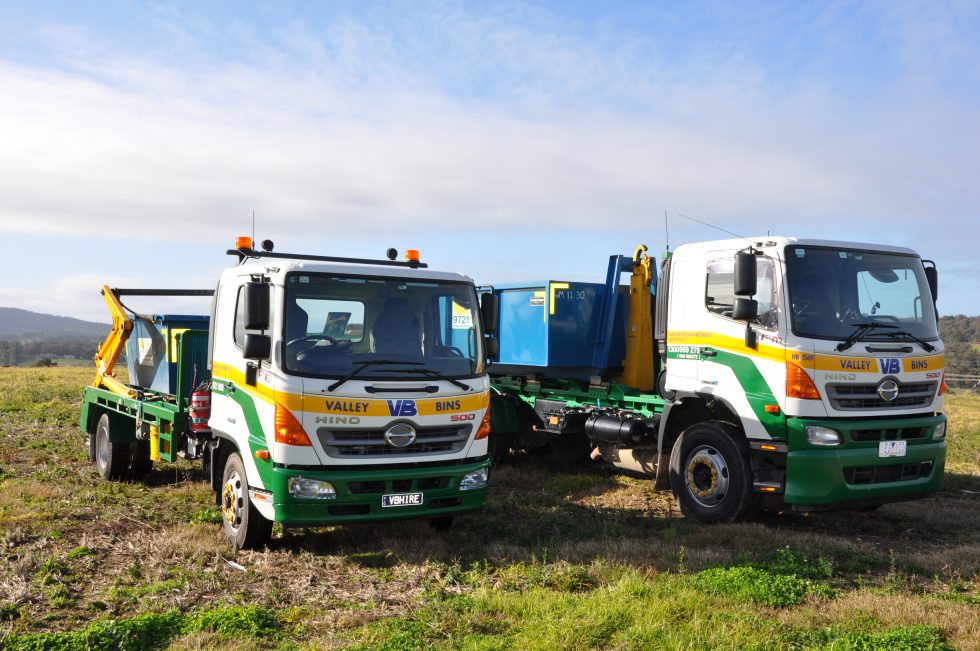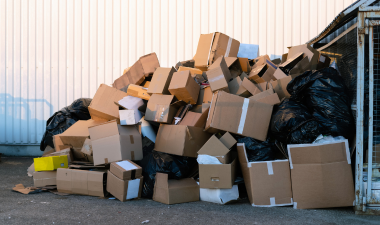
Jul 24, 2023

In today’s modern world, businesses of all sizes generate significant waste. Be it organic or inorganic, wastage impacts the smooth functioning of any business. Taking care of waste management should be a top priority for any business. As much as thirty to forty per cent of waste produced by businesses is commercial waste.
Knowing what commercial waste is and how to dispose of it safely is crucial for a business owner. This comprehensive guide will help you understand commercial waste types and disposal methods.
Commercial waste can come in various forms, and it is helpful to categorise it. The most common business waste includes:
Most offices and businesses use paper and cardboard as their primary packaging material, producing a lot of waste. This office waste can be recycled and reused to protect the environment.
Electronic waste or e-waste includes discarded electronic devices such as computers, televisions, mobile phones, and other electronic equipment. These devices can be donated or recycled to reduce harm to the environment.
Restaurants, cafes, and other food-related businesses often have organic waste from leftover or expired food. Food waste can be composted or donated to food banks.
Businesses often use hazardous materials such as chemicals, batteries, and light bulbs. This hazardous waste cannot be disposed of in regular commercial bins and require specialised disposal.
Construction sites such as concrete, insulation, wiring, and other construction materials generate waste. This waste is also sometimes referred to as industrial waste. Properly disposing of this construction waste is essential to maintain the site’s safety.

Knowing which waste management method to use is crucial once you have categorised the waste your business generates. Below are the most common methods of commercial waste disposal:
Recycling is a great way to reduce the volume of commercial waste. Paper, cardboard, and electronic devices can be put in recycling bins, reducing the waste going to landfills.
Food waste can be composted to create nutrient-rich soil, which can be used in various commercial projects.
This method of waste management is known as energy recovery. Large waste items, such as hazardous materials, can be treated using this waste management technique.
Landfills are where most of the commercial waste ends up. Even though it is the least environmentally-friendly solution, it is the cheapest and most accessible waste management method.
Proper disposal of commercial waste is a crucial responsibility for business owners. Reducing waste benefits the environment, while improper disposal can lead to legal issues and financial penalties.
Proper waste disposal can also reduce the risk of accidents, illnesses or injuries. Understanding commercial waste types and disposal methods help businesses develop an efficient waste management system.
If you’re looking for professional waste services, contact the team at WM Waste. We can create custom waste management solutions to address your business needs.
© 2024 WM Waste Management Services | All Rights Reserved